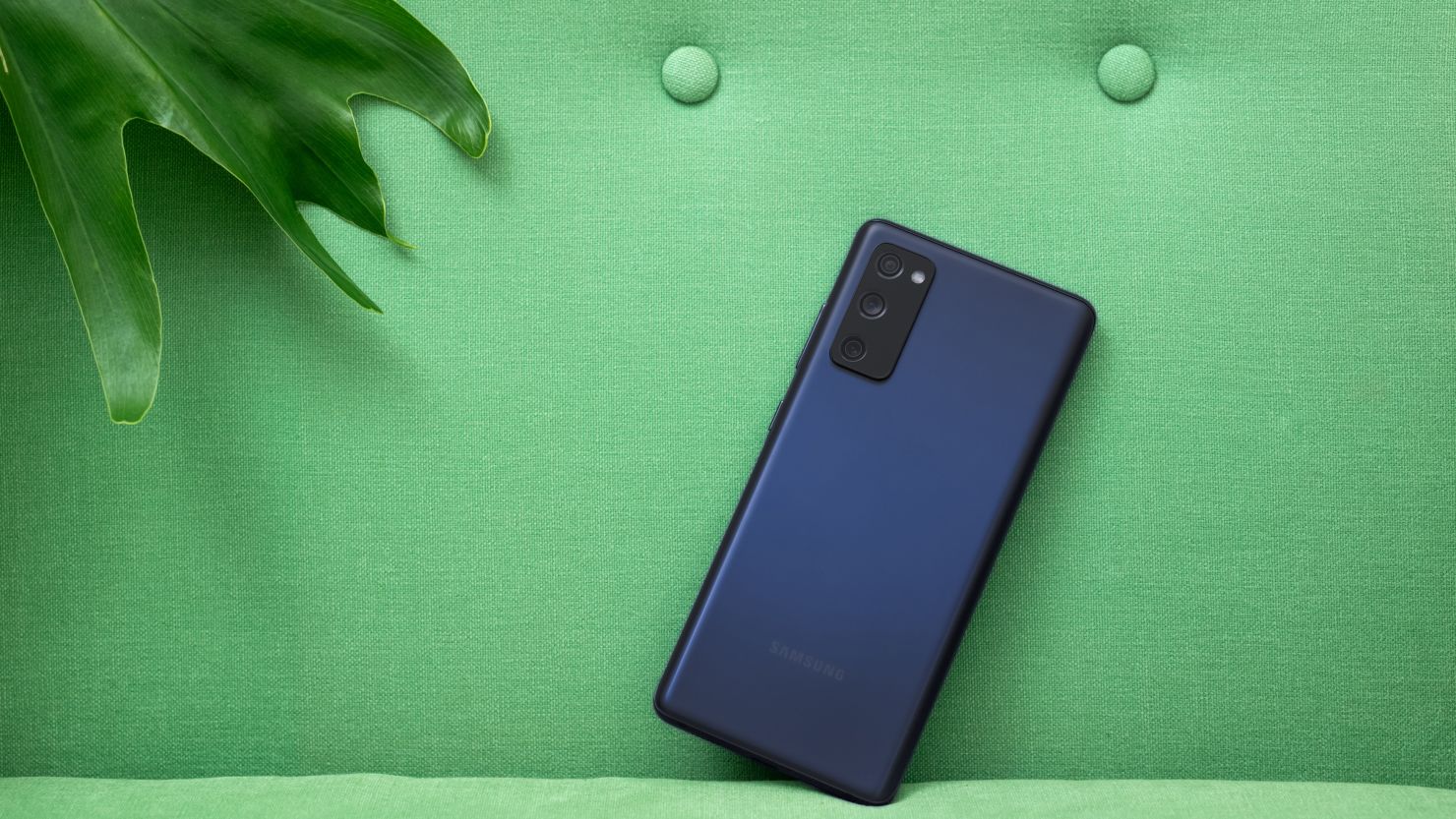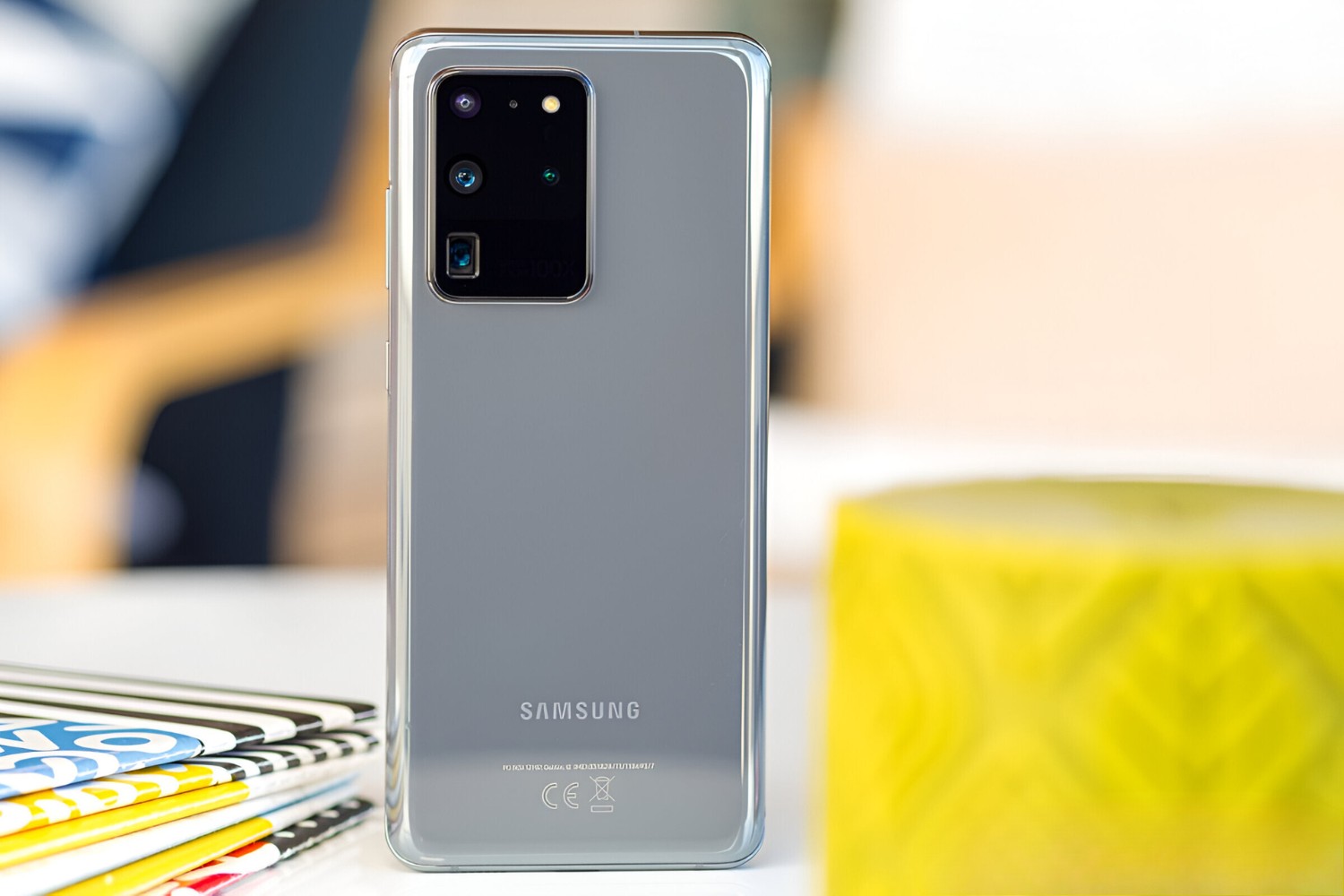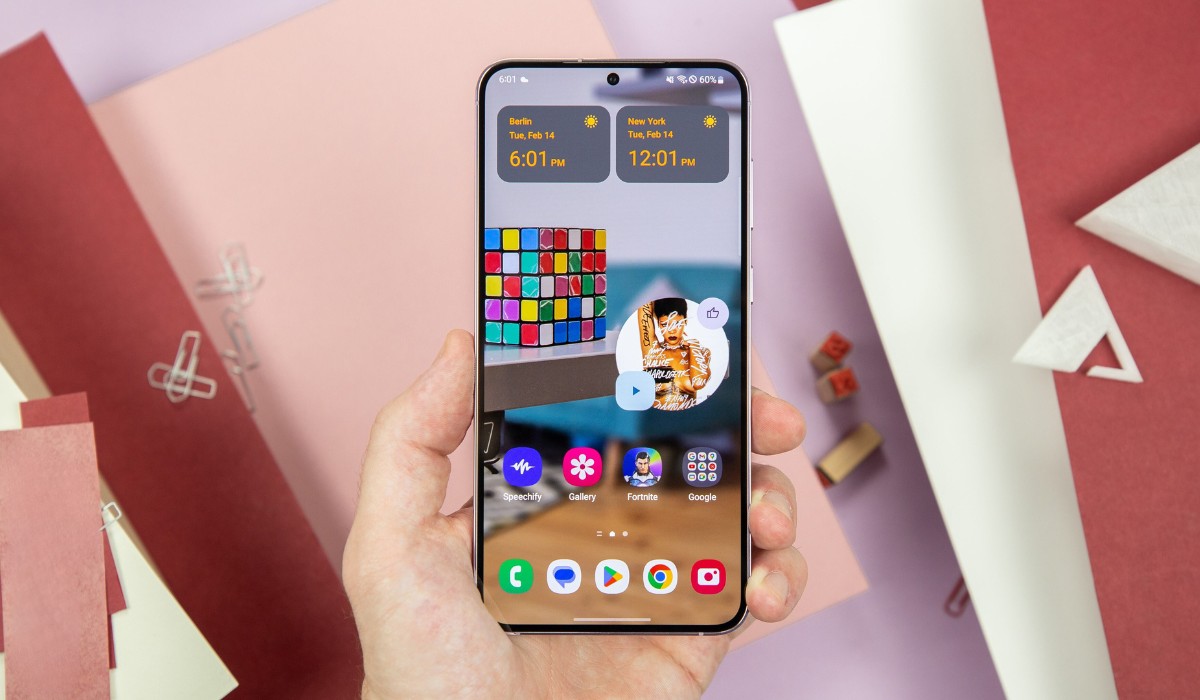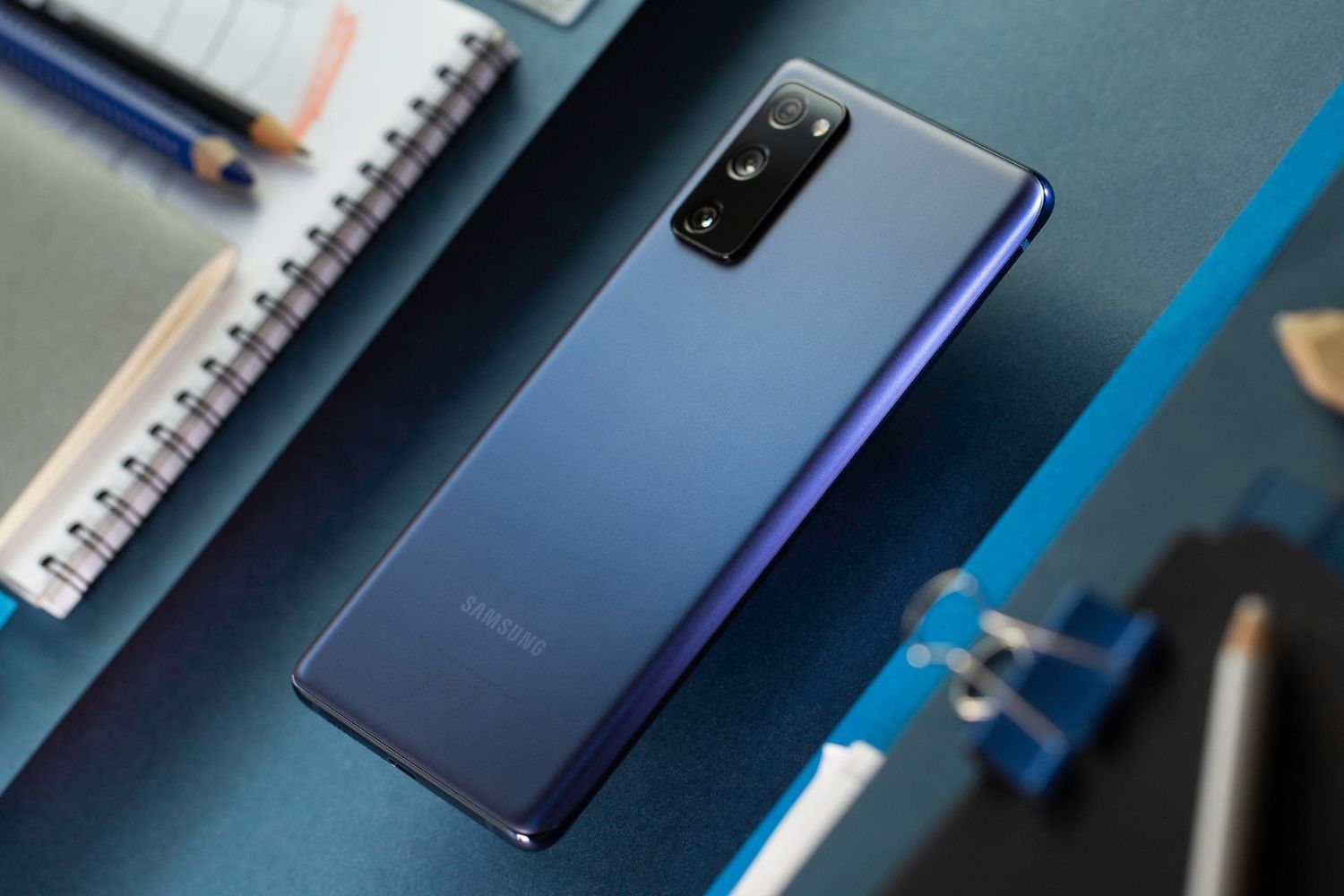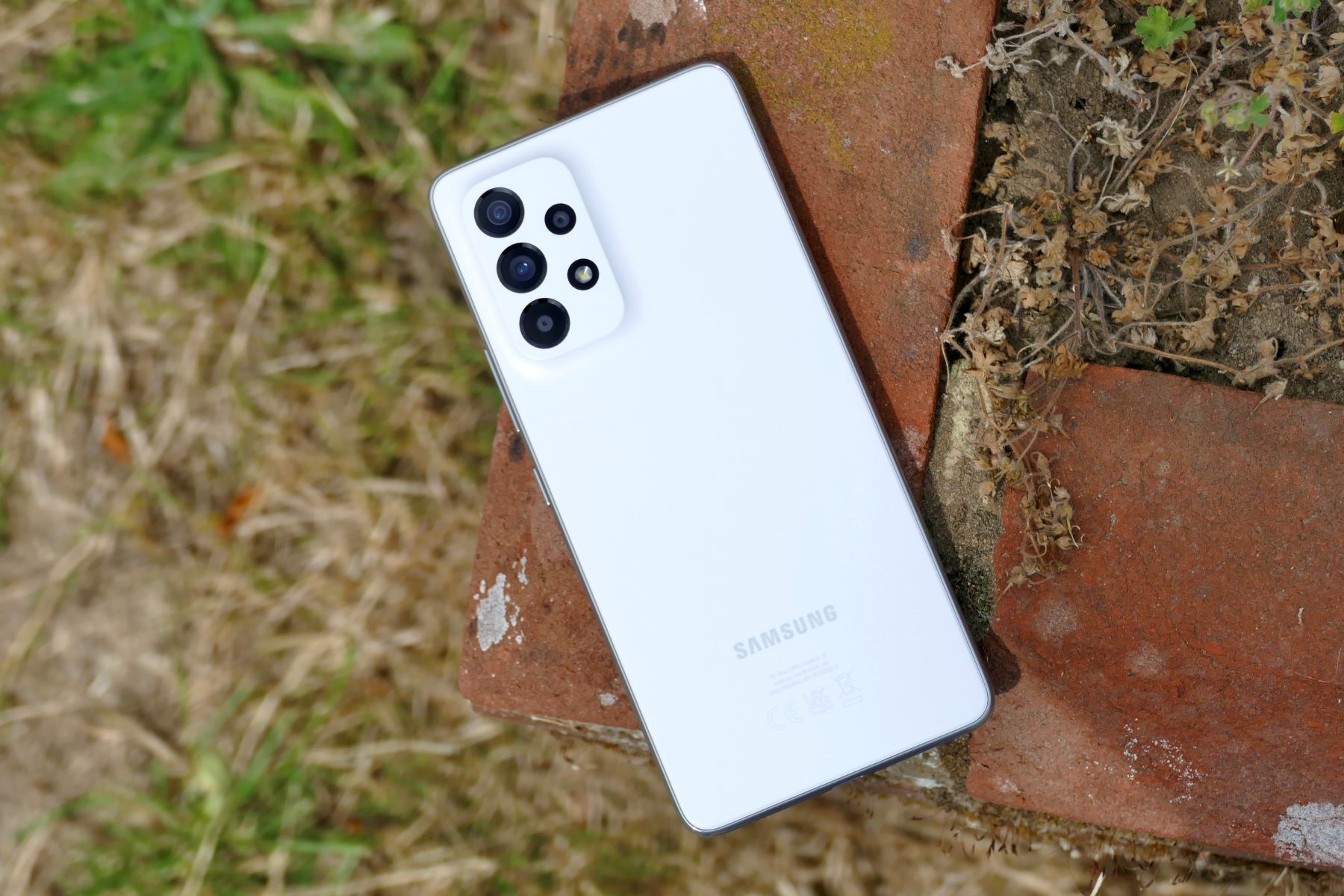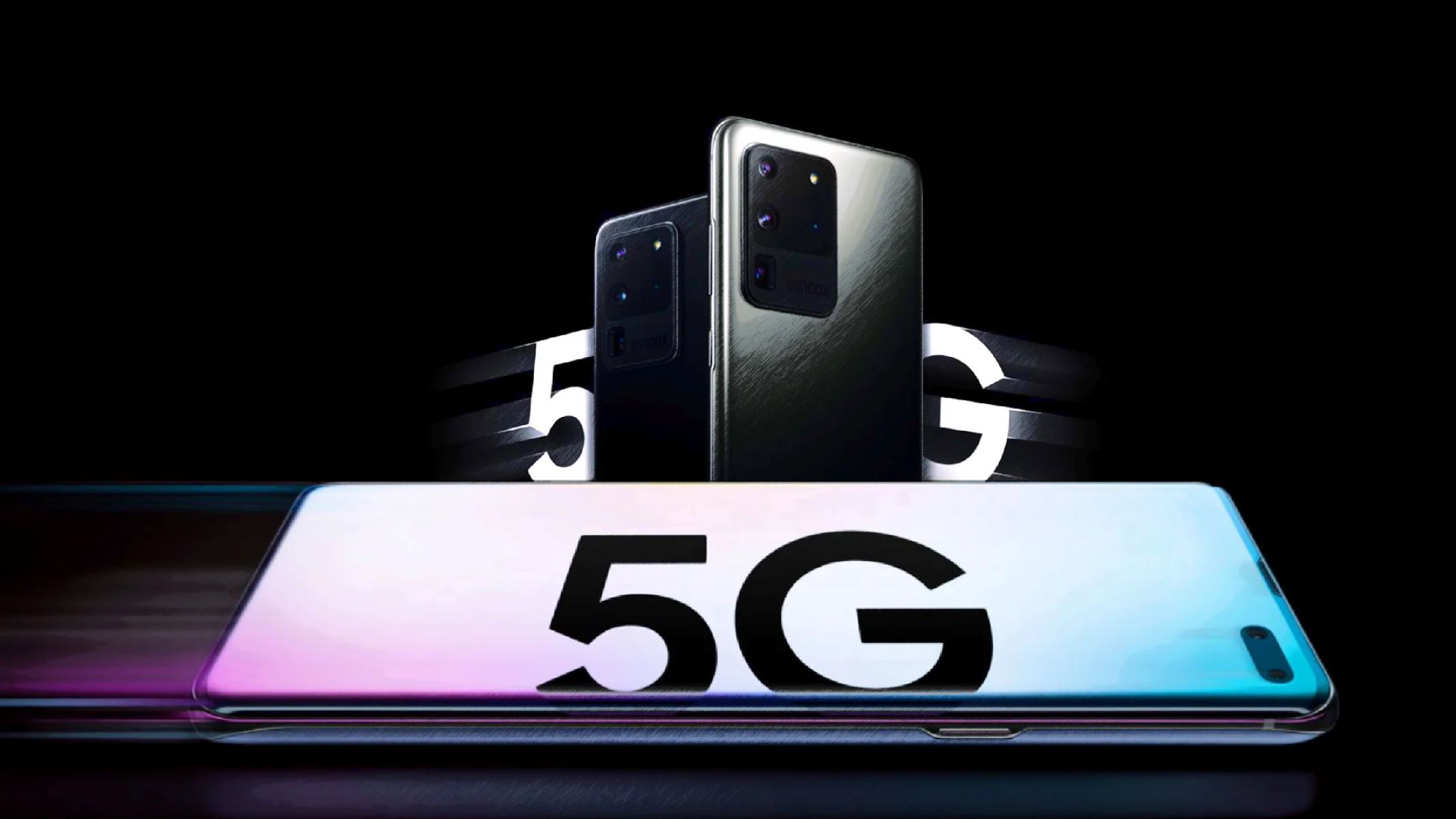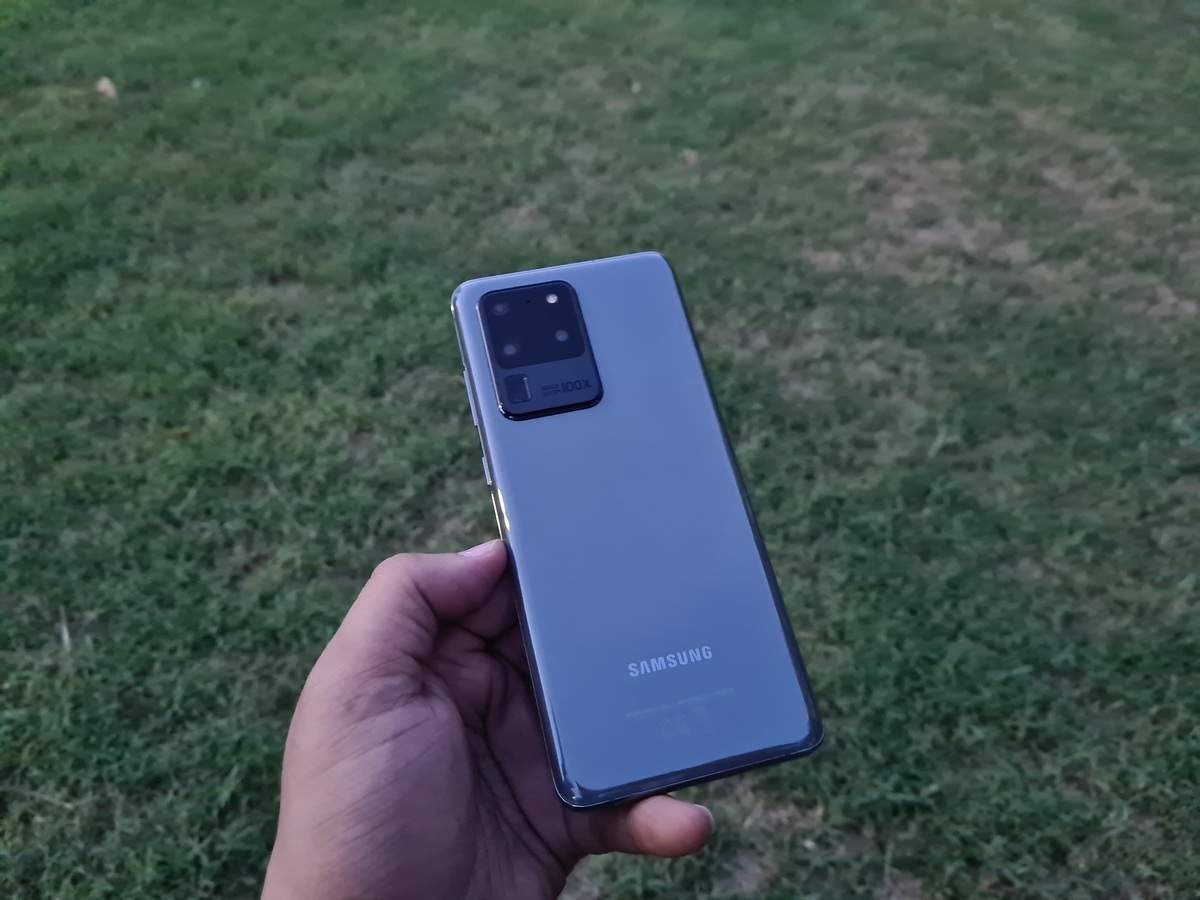Introduction
The Samsung Galaxy S20 is a powerhouse of technology, offering users a seamless and advanced mobile experience. One of the standout features of this device is its 5G connectivity, which promises lightning-fast internet speeds and enhanced network capabilities. However, there are instances where users may find it necessary to disable 5G on their Samsung S20. In this article, we will delve into the intricacies of 5G technology, explore the reasons for disabling 5G on the Samsung S20, provide a step-by-step guide on how to disable it, and discuss the potential impact of this action.
The advent of 5G technology has revolutionized the way we connect and communicate. With its promise of ultra-fast download and upload speeds, minimal latency, and the capacity to support a massive number of connected devices, 5G has the potential to transform various industries and elevate user experiences. However, despite its numerous benefits, there are scenarios where users may opt to disable 5G on their Samsung S20 devices.
In the following sections, we will unravel the underlying reasons for disabling 5G on the Samsung S20 and provide valuable insights into the impact of this decision. Additionally, we will guide users through the process of disabling 5G on their Samsung S20 devices, ensuring that they have the necessary information to make informed choices regarding their connectivity preferences. Let's embark on this journey to understand the nuances of 5G technology and the implications of managing connectivity on the Samsung S20.
Understanding 5G Technology
5G technology represents the fifth generation of mobile network connectivity, succeeding its predecessors 4G, 3G, and 2G. It is designed to deliver significantly faster data speeds, lower latency, and increased capacity compared to its predecessors. The key features of 5G technology include enhanced mobile broadband, massive machine-type communications, and ultra-reliable low latency communications.
Enhanced Mobile Broadband
One of the most prominent aspects of 5G technology is its ability to provide faster and more reliable internet connectivity. With 5G, users can experience download speeds that are several times faster than those achievable with 4G networks. This means that activities such as streaming high-definition videos, online gaming, and downloading large files can be accomplished with unprecedented speed and efficiency.
Massive Machine-Type Communications
In addition to catering to individual users, 5G technology is designed to support the connectivity needs of a vast array of Internet of Things (IoT) devices. These devices, ranging from smart home appliances to industrial sensors, require a network that can handle a massive number of connections simultaneously. 5G's capacity to accommodate a high density of connected devices makes it an ideal solution for the growing ecosystem of IoT devices.
Ultra-Reliable Low Latency Communications
Another critical aspect of 5G technology is its ability to provide ultra-low latency, ensuring that data transmission occurs with minimal delay. This feature is particularly crucial for applications that demand real-time responsiveness, such as autonomous vehicles, remote surgery, and augmented reality experiences. By minimizing latency, 5G technology opens the door to a wide range of innovative and transformative use cases.
Beamforming and Millimeter Wave Spectrum
5G networks leverage advanced technologies such as beamforming and millimeter wave spectrum to optimize signal transmission. Beamforming allows 5G base stations to focus signals directly toward connected devices, enhancing signal strength and reliability. Moreover, the utilization of millimeter wave spectrum enables 5G networks to achieve unprecedented data speeds, albeit over shorter distances.
In summary, 5G technology represents a significant leap forward in mobile network connectivity, offering unparalleled speed, capacity, and responsiveness. Its ability to cater to diverse use cases, from individual consumers to IoT devices and mission-critical applications, positions it as a transformative force in the realm of telecommunications and technology. Understanding the fundamental aspects of 5G technology is essential for making informed decisions regarding its utilization and management on devices such as the Samsung S20.
Reasons for Disabling 5G on Samsung S20
There are several compelling reasons why users may consider disabling 5G on their Samsung S20 devices, despite the remarkable capabilities and potential of this advanced connectivity technology.
Limited 5G Coverage
One of the primary reasons for disabling 5G on the Samsung S20 is the limited availability of 5G coverage in certain regions. While 5G networks are rapidly expanding, there are still areas where 5G infrastructure is not fully established. In such cases, users may experience inconsistent 5G connectivity, leading to frequent switches between 5G and 4G networks. Disabling 5G in areas with sparse coverage can help ensure a more stable and reliable network connection, preventing disruptions caused by the device's attempts to connect to distant or weak 5G signals.
Battery Life Considerations
5G technology, while delivering exceptional speed and performance, can have an impact on the device's battery life. The higher data transfer rates and increased network capabilities of 5G may result in higher power consumption compared to 4G connectivity. In situations where users prioritize battery longevity over ultra-fast data speeds, disabling 5G on the Samsung S20 can be a strategic choice. By reverting to 4G connectivity, users can potentially extend their device's battery life, especially in scenarios where 5G speeds are not essential.
Network Congestion and Stability
In densely populated areas or during peak network usage times, 5G networks may experience congestion, leading to fluctuations in data speeds and network stability. Disabling 5G on the Samsung S20 in such environments can mitigate the impact of network congestion, as 4G networks may offer more consistent performance under these conditions. This can be particularly relevant for users who rely on a stable and reliable network connection for critical tasks, such as remote work, video conferencing, or online gaming.
Compatibility with Legacy Devices and Services
While 5G technology is undoubtedly the future of mobile connectivity, there are instances where users may need to interact with legacy devices or services that are optimized for 4G or earlier network standards. Disabling 5G on the Samsung S20 can ensure seamless compatibility and interoperability with older devices and networks, preventing potential connectivity issues or performance limitations when interacting with non-5G-enabled devices or services.
In summary, the decision to disable 5G on the Samsung S20 is driven by a combination of factors, including network coverage, battery life considerations, network stability, and compatibility requirements. By understanding these reasons, users can make informed choices regarding the management of 5G connectivity on their Samsung S20 devices, aligning their connectivity preferences with their specific usage scenarios and priorities.
How to Disable 5G on Samsung S20
Disabling 5G on your Samsung S20 is a straightforward process that allows you to exert control over your device's connectivity options. Whether you are seeking to conserve battery life, stabilize network connections, or ensure compatibility with legacy devices, the ability to disable 5G empowers you to tailor your mobile experience to your specific needs. Here's a step-by-step guide to disabling 5G on your Samsung S20:
-
Accessing the Settings: Begin by unlocking your Samsung S20 and navigating to the home screen. From there, locate and tap on the "Settings" app, which is represented by a gear icon. The Settings app serves as the central hub for configuring various aspects of your device, including network and connectivity settings.
-
Navigating to Connections: Within the Settings menu, scroll or swipe to find the "Connections" option. This section houses a range of connectivity settings, encompassing Wi-Fi, Bluetooth, mobile networks, and more. Tap on "Connections" to proceed to the next step.
-
Selecting Mobile Networks: Once inside the Connections menu, look for the "Mobile Networks" option. This is where you can manage the settings related to your device's cellular connectivity, including the ability to enable or disable 5G.
-
Choosing Network Mode: Within the Mobile Networks menu, locate the "Network mode" or "Network type" setting. This setting allows you to specify the preferred network mode for your device. Tap on "Network mode" to access the available options.
-
Disabling 5G: Upon entering the Network mode settings, you will likely encounter a list of network modes supported by your device. Look for the option that includes 5G connectivity, which may be labeled as "5G/LTE/3G/2G (auto connect)" or a similar variation. To disable 5G, simply select a different network mode that excludes 5G. Common alternatives include "LTE/3G/2G (auto connect)" or "LTE/3G (auto connect)." Once you have chosen the desired network mode, your Samsung S20 will prioritize the selected mode over 5G connectivity.
By following these steps, you can effectively disable 5G on your Samsung S20, tailoring your device's connectivity to align with your preferences and requirements. Whether you seek to optimize battery life, stabilize network connections, or ensure compatibility with specific network environments, the ability to manage your device's connectivity options empowers you to curate a personalized mobile experience.
This guide equips you with the knowledge and steps needed to take control of your Samsung S20's connectivity, enabling you to make informed decisions regarding 5G utilization based on your unique usage scenarios and priorities.
Potential Impact of Disabling 5G
Disabling 5G on the Samsung S20 can have discernible impacts on the device's connectivity, performance, and user experience. Understanding these potential effects is crucial for users who are contemplating the decision to manage their device's network settings. By gaining insights into the implications of disabling 5G, users can make informed choices that align with their specific needs and priorities.
Network Speed and Performance
One of the primary impacts of disabling 5G on the Samsung S20 is the potential alteration in network speed and performance. 5G technology offers unparalleled data speeds and responsiveness, enabling users to engage in bandwidth-intensive activities with remarkable efficiency. By reverting to 4G connectivity, users may experience a reduction in data speeds, particularly when engaging in tasks that demand rapid data transfer, such as high-definition video streaming, large file downloads, or online gaming. However, it's important to note that 4G networks still provide robust data speeds, ensuring that users can continue to enjoy a high-quality mobile experience even after disabling 5G.
Battery Life and Power Consumption
Disabling 5G on the Samsung S20 can potentially lead to improvements in battery life and reduced power consumption. As mentioned earlier, 5G connectivity, while delivering exceptional speed and performance, may contribute to increased power usage compared to 4G networks. By opting for 4G connectivity, users can mitigate the potential impact of 5G on battery life, especially in scenarios where the ultra-fast data speeds of 5G are not essential. This can be particularly beneficial for users who prioritize prolonged battery longevity and seek to optimize the device's power management.
Network Coverage and Stability
Another aspect to consider is the impact on network coverage and stability. 5G networks, with their advanced capabilities, are designed to deliver robust connectivity and minimal latency. Disabling 5G may result in a shift to 4G networks, which may exhibit differences in coverage and stability, particularly in areas where 5G infrastructure is well-established. Users should assess the network coverage and performance of 4G in their specific usage environments to gauge the potential impact of disabling 5G on their Samsung S20 devices.
Compatibility and Future-Proofing
Disabling 5G on the Samsung S20 may have implications for compatibility with future network advancements and services optimized for 5G technology. As 5G networks continue to expand and evolve, users who disable 5G may potentially limit their access to upcoming 5G-specific features and services. Additionally, as the industry progresses toward widespread 5G adoption, certain applications and services may be designed to leverage the unique capabilities of 5G networks. Users should consider the long-term implications of disabling 5G in the context of evolving network technologies and the potential emergence of 5G-centric innovations.
In summary, the potential impact of disabling 5G on the Samsung S20 encompasses network speed and performance, battery life and power consumption, network coverage and stability, as well as compatibility with future advancements. By evaluating these factors, users can make informed decisions regarding the management of 5G connectivity on their devices, ensuring that their choices align with their specific usage scenarios and preferences.
Conclusion
In conclusion, the decision to manage 5G connectivity on the Samsung S20 is a nuanced consideration that hinges on individual preferences, usage scenarios, and the evolving landscape of mobile network technologies. By understanding the fundamental aspects of 5G technology and the implications of disabling it, users can make informed choices that align with their specific needs and priorities.
The Samsung S20's 5G capabilities represent a leap forward in mobile connectivity, offering exceptional speed, capacity, and responsiveness. However, the reasons for disabling 5G, such as limited coverage, battery life considerations, network stability, and compatibility requirements, underscore the importance of user control and flexibility in managing connectivity options.
The step-by-step guide to disabling 5G on the Samsung S20 equips users with the knowledge and tools needed to tailor their device's connectivity to their preferences. Whether seeking to optimize battery life, stabilize network connections, or ensure compatibility with legacy devices and services, users have the agency to curate a personalized mobile experience.
Understanding the potential impact of disabling 5G, including alterations in network speed and performance, battery life considerations, network coverage, stability, and future compatibility, empowers users to weigh the trade-offs and make decisions that best serve their immediate and long-term connectivity needs.
Ultimately, the ability to manage 5G connectivity on the Samsung S20 reflects the dynamic nature of mobile technology, where user empowerment and choice intersect with the relentless march of innovation. As 5G networks continue to expand and evolve, users are poised to navigate the ever-changing landscape of connectivity, leveraging their agency to shape their mobile experiences according to their unique preferences and requirements.
In essence, the management of 5G connectivity on the Samsung S20 encapsulates the broader theme of user-centric technology, where individual needs and choices remain at the forefront of the mobile experience. By embracing this ethos, users can harness the transformative potential of 5G while retaining the autonomy to tailor their connectivity in a manner that best suits their diverse and evolving usage scenarios.







